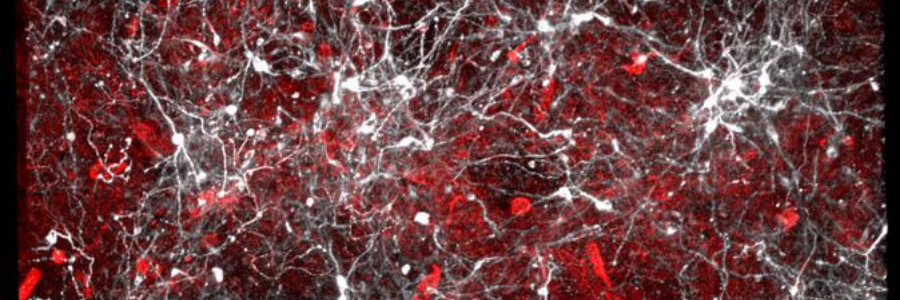Why Do We Do the Work We Do?
Edith Pfister, Ph.D. - April 21, 2021
An ASGCT Member’s personal experience with Parkinson’s disease informs the motivations behind her own work.

My grandfather died of Parkinson’s disease (PD) before I was born. My father doesn’t talk about it. That’s what we do with so many of these diseases, or they did, the people of my parents' generation. Although treatments for PD have improved since my grandfather’s time, current treatments target the symptoms of the disease without affecting disease progression. Common treatments include: carbidopa/levodopa to increase dopamine in the brain, dopamine agonists like pramipexole (Mirapex), ropinirole (Requip) and rotigotine (Neupro, given as a patch), or the fast-acting dopamine agonist apomorphine (Apokyn). Dopamine agonists don’t change the amount of dopamine in your brain, but rather mimic the effects of dopamine. They are less effective than levodopa, but they can last longer, smoothing out the effect of levodopa. Deep brain stimulation (DBS) can also be effective in PD. DBS is a surgical procedure in which electrodes are implanted deep in the brain. These electrodes are used to send electrical signals into the brain and reduce the symptoms of PD. DBS is particularly useful in patients who have fluctuating responses to levodopa.
Seeing and experiencing the toll that Parkinson’s and other neurodegenerative diseases exert on families is what motivated me to study neurodegenerative disease, and while I work on Huntington’s disease, I’ve maintained an interest in Parkinson’s and Alzheimer’s diseases, so I was excited to see what was new in the field of gene therapy for PD.
Cell and Gene Therapy for Parkinson’s Disease
Gene therapy provides an alternative approach to these treatments, one which may, in some cases, change the course of the disease. Several approaches to gene therapy for PD are being explored; while some aim to increase the production of dopamine, others aim to provide trophic support to cells and increase their survival. Last year we reported on Voyager Therapeutics Phase I AAV-delivered Aromatic amino acid decarboxylase (AADC). In December 2021, the FDA notified the study sponsor Neurocrine Biosciences that it was placing a clinical hold on the Phase II study of VY-AADC (NBIb-1817) due to some MRI abnormalities in trials subjects. Then in February, Neurocrine provided notice of termination of the AADC program to Voyager, effectively terminating development of the therapy. With this, Axovant’s AXO-LENTI-PD (OXB-102) becomes the leading gene therapy trial addressing the dopamine synthesis pathway. AXO-LENTI-PD uses a lentiviral vector to deliver three genes, tyrosine hydroxylase, cyclohydrolase I, and AADC, to brain cells. Each of these enzymes is key to dopamine synthesis. AXO-LENTI-PD is an optimized version of ProSavin, designed to produce greater transgene expression.
An alternate approach is exemplified by Brain Neurotherapy Bio’s Phase Ib trial of AAV2-GDNF. Glial cell line derived neurotrophic factor (GDNF) can promote the survival of embryonic dopaminergic neurons and protects dopamine neurons in animal models of PD. The AAV2-GDNF trial will assess the safety and tolerability of four different doses of AAV2-GDNF and gather preliminary data through clinical evaluations, laboratory testing, neuropsychological testing, and imaging on the potential for clinical benefit from the therapy.
In addition to gene therapy, there are 14 studies listed on ASGCT's Clinical Trials Finder involving Parkinson’s disease and cell therapy. Some of these are designed to evaluate the safety and tolerability of different types of stem cell transplants in PD.
The work shown in identifying potential treatments for PD is not only exciting, it’s motivating. My work, and the work of all ASGCT Members, is an important part of that mission whether we’re developing delivery mechanisms, advancing our understanding of genetic diseases, or even translating treatments through clinical trials. It’s why I do what I do.
Dr. Pfister is assistant professor at the University of Massachusetts Medical School and chair of the ASGCT Communications Committee.